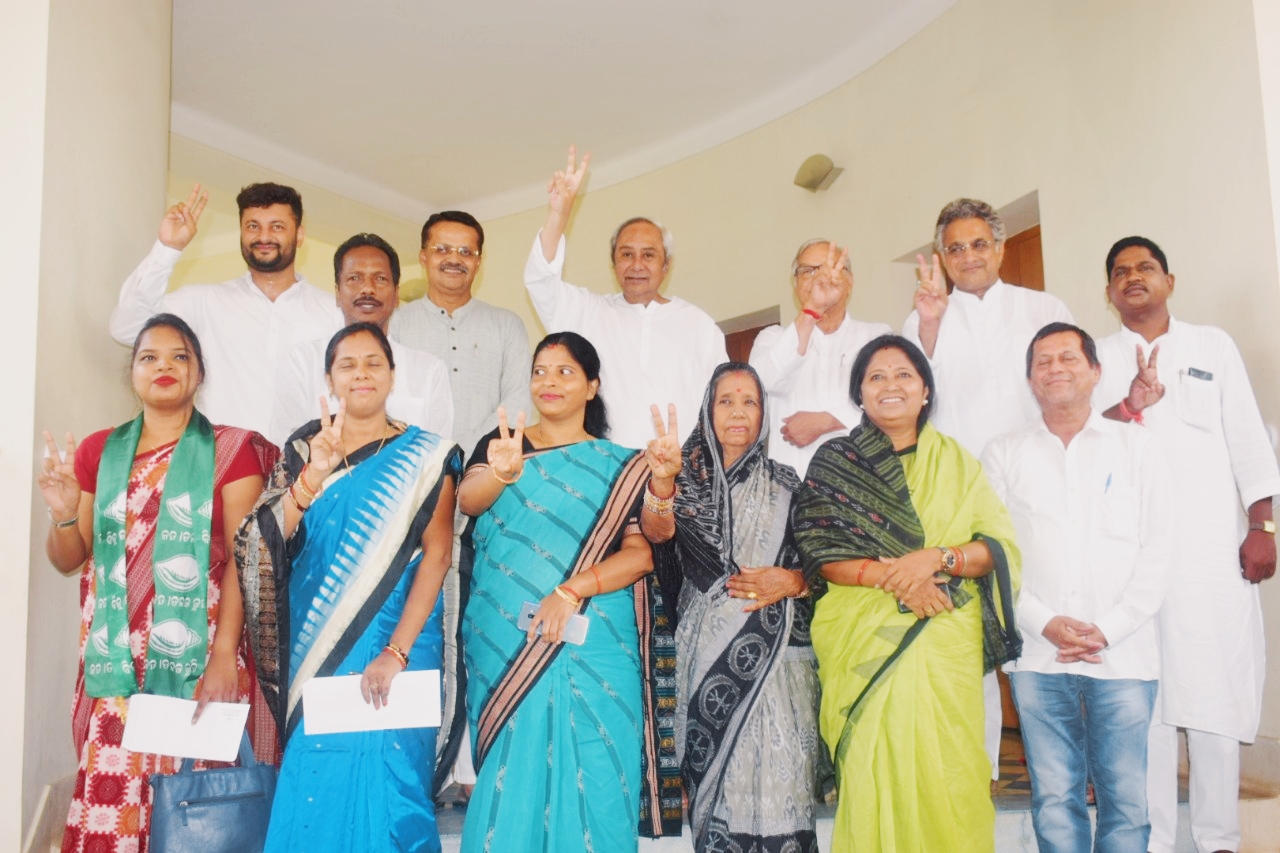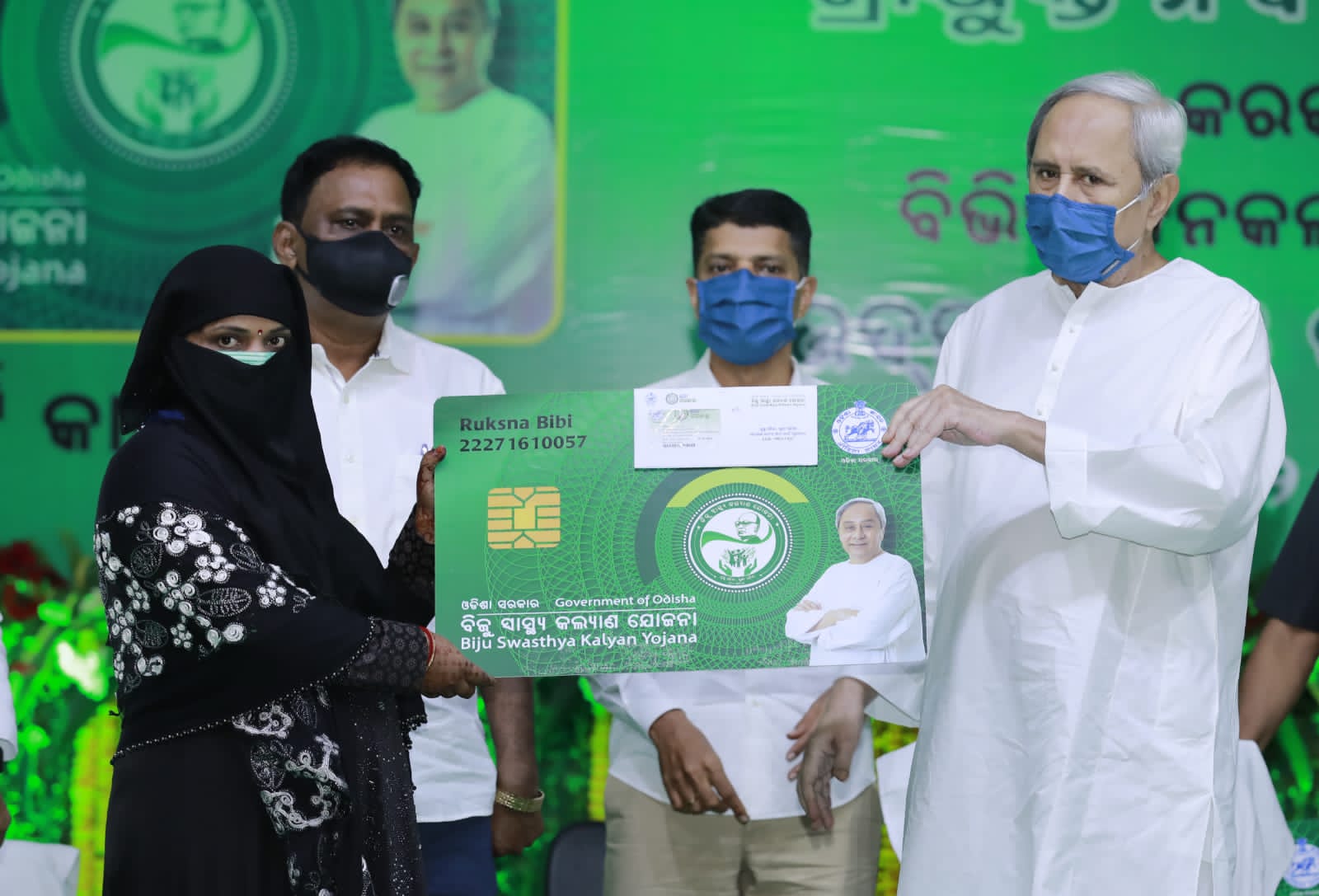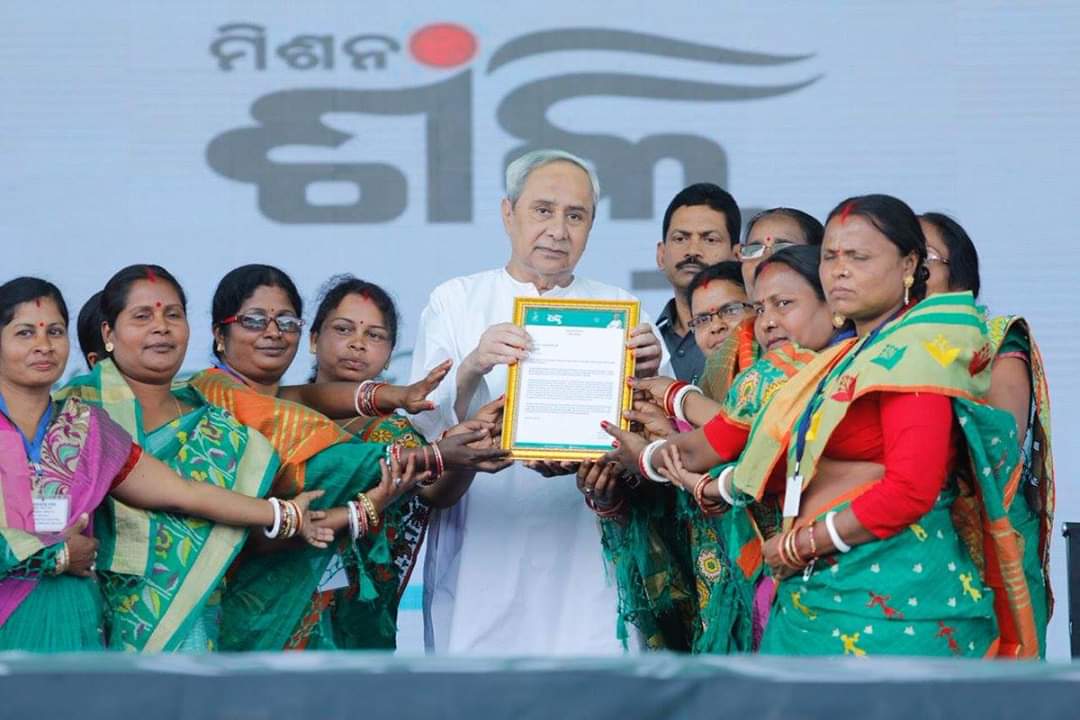The Chief Minister of Odisha Naveen Patnaik while participating as Chief Guest in the Times Power Women organised by Times Group on 30th October 2021 in Bhubaneswar, made a statement which indicated that in future elections for the State Assembly and Lok Sabha Biju Janata Dal (BJD) would field women in large numbers in tune with its avowed policy that legislatures should have more women in their fold. He while referring to the historic decision of Biju Janata Dal for fielding women in one third of 21 parliamentary constituencies of the State in 2019 general elections reiterated the policy perspective of his party that “Women must be represented at all levels of decision making-from the grassroots Panchayats to the Assemblies and Parliament”. What Naveen Patnaik said assumes enormous significance in the context of the larger national narrative which is slowly and inescapably getting shaped by pronouncements of several leaders of national parties in our country to field more women in elections.
BJD Fielded Women in 33 percent of Parliamentary Seats

The example of Biju Janata Dal becoming the first political party in the country to have fielded women in one third of 21 parliamentary constituencies in 2019 and won in five of them has generated a momentum in the country for political empowerment of women. it was evidenced in the decision of West Bengal Chief Minister Mamata Banerjee in fielding women in 40 per cent of seats in her State in 2019 and the recent announcement of Congress leader Priyanka Vardara that her party would filed women in 40 per cent of UP’s MLA seats for the Assembly elections being organised in 2022.
Unfortunately the impact of BJD’s decision of fielding women candidates in one third of parliamentary constituencies of Odisha has not been nationally referred to. For instance in a recent article of Neerja Gopal published in the Indian Express on Priyanka’s announcement the author cited the example of Nitish Kumar and Mamata Banerjee to mobiles women in their respective States for their empowerment by formulating public policies and implementing them. There was no mention of Naveen Patnaik’s historic and trend setting decision to filed women candidates of BJD in 33 per cent of parliamentary seats of Odisha.
The leadership provided by Odisha in this regard has to be factored in explaining a growing trend in the country to give greater representation of women in our legislatures which was the cherished desire of Mahatma Gandhi who while replying to a question in 1931, if the future legislatures of India would have more women in its fold or not, famously said that he would boycott that legislature if it did not have more women representatives.
Why more political parties are looking upto women for winning elections
It is interesting to note that the announcement of Priyanka for fielding women candidates in 40 per cent of seats in the forthcoming UP Assembly was explained and justified by commentators by saying that more women than ever before are now voting in elections, they vote differently than men and above all there is now now a reservoir of women who because of reservations for them for last three decades in grassroots democratic bodies ranging, from 33 per cent to 50 percent of seats, have depth of experiences as Sarpanches and members.
Odisha’s Example
In Odisha when Naveen Patnaik announced in 2019 that BJD would filed women candidates in 33 per cent of 21 parliamentary constituencies he fell back on his own policies carefully framed to create conditions for women’s economic empowerment from 2001 onwards. He started self help groups and these groups have now 7 million women who this years got an investment of Rupees 5,000 crores for engaging in a variety of economic activities. So the importance accorded by national level leaders to field more women in elections now was understood by Naveen Patnaik in the beginning of twenty first century and accordingly he framed robust policies which resulted in giving tickets to BJD women to contest in 33 per cent of parliamentary constituencies.
Therefore, as Chief Guest in the Times Power Women organised by Times Group yesterday he could say with emphasis “My Government has always held that No household, no society, no state, no country has ever moved forward without empowering its women.’ At the core of our key initiatives is the effort to make girls and women financially independent and truly empowered.”

He spoke of Government schemes like Mamata that gives dignity to pregnant women by assuring them support at a vulnerable time, Biju Swasthya Kalyan Yojana that provide Rs 10 lakh coverage for women and Sudakshya that seeks to provide quality technical education to girls. He proceeded to add that land right documents of the State are also issued in the name of women, and the State has the highest number of girls in hostels in the country.
Mission Shakti

Speaking on the Government’s flagship programme Mission Shakti, he said that it’s an empowerment model that now encompasses 70 lakh women in all habitations across the state. He further added by saying that it caters to the millions of ordinary women who aspire better lives for themselves and their families. “Mission Shakti symbolises” he said, “the transformation that is happening across the state – helping women emerge as decision makers and torch bearers of a new inclusive Odisha.”
Women Mainstay of BJD
The catalogue for women’s empowerment is expanding and has become the new normal in the scheme of governance for creating a new Odisha. That was why Naveen Patnaik in his speech delivered on the occasion of the foundation day of BJD affirmed that women of Odisha constitute the mainstay of his party. In the history of India no political party ever made such a statement attributing strength of a political formation to women.
Challenges
The challenges are many on the road to political empowerment of women. Those challenges are manifested in the growing criminal assaults on women as they come out and become visible in large numbers in different arena of public and collective life. It has to be addressed boldly and their greater empowerment is the answer.
Women’s Empowerment – Non-violence in Action
Mahatma Gandhi looked at non-violence from multiple perspectives and one of the perspectives captured women’s empowerment as non-violence in action. It is a huge challenge to realize it in practice. Naveen’s advocacy for inclusion of non-violence in the Preamble of the Constitution is a step in the direction of, among others, to empower women in full measure.


Comments are closed.